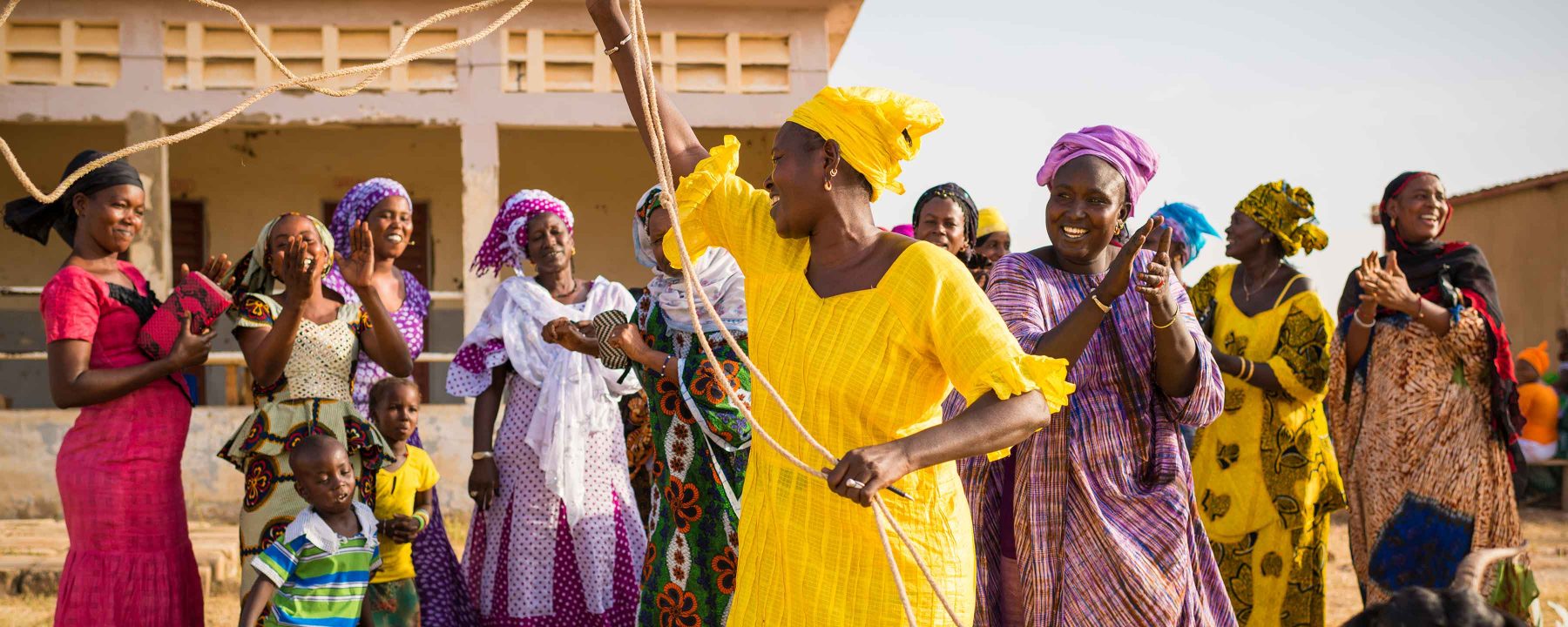Featured Story From Senegal
Forging a Path to Better Health and Nutrition in Rural Senegal
“If the children grow up with good habits, they retain them for the rest of their lives… If you look at the children today, they don’t look the same. They are more lively, physically active, and alert.”
Hapsatou Kah, Community leader and entrepreneur
Read her story



